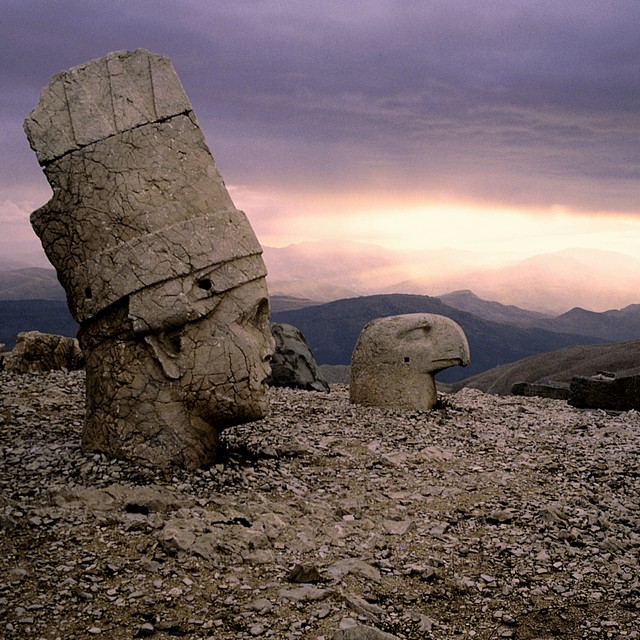
Ancient Anatolia & Eastern Turkey
Turkey
Culture | Archaeology
Discover Eastern Turkey's archaeological wonders
£3,695 pp
This is the per person group tour price, based on 2 sharing. The price is subject to change with exchange rate and flight cost fluctuations.
14 days
2026:
25 April, 30 May, 29 August, 03 October
2027: 24 April, 29 May, 28 August, 02 October
More
2027: 24 April, 29 May, 28 August, 02 October